When the first human went into space in 1961, the world was forever changed. The space race kicked off, the US televised the Moon Landing, and the aesthetics of the great unknown took over pop culture and daily life.
But in the last 50 years, space travel has become less of a priority for the world. Despite the dozen astronauts sent to the surface of the moon between 1969 and 1972, we’ve never been back. Now, we want to go to Mars.
A New Rocket to Mars
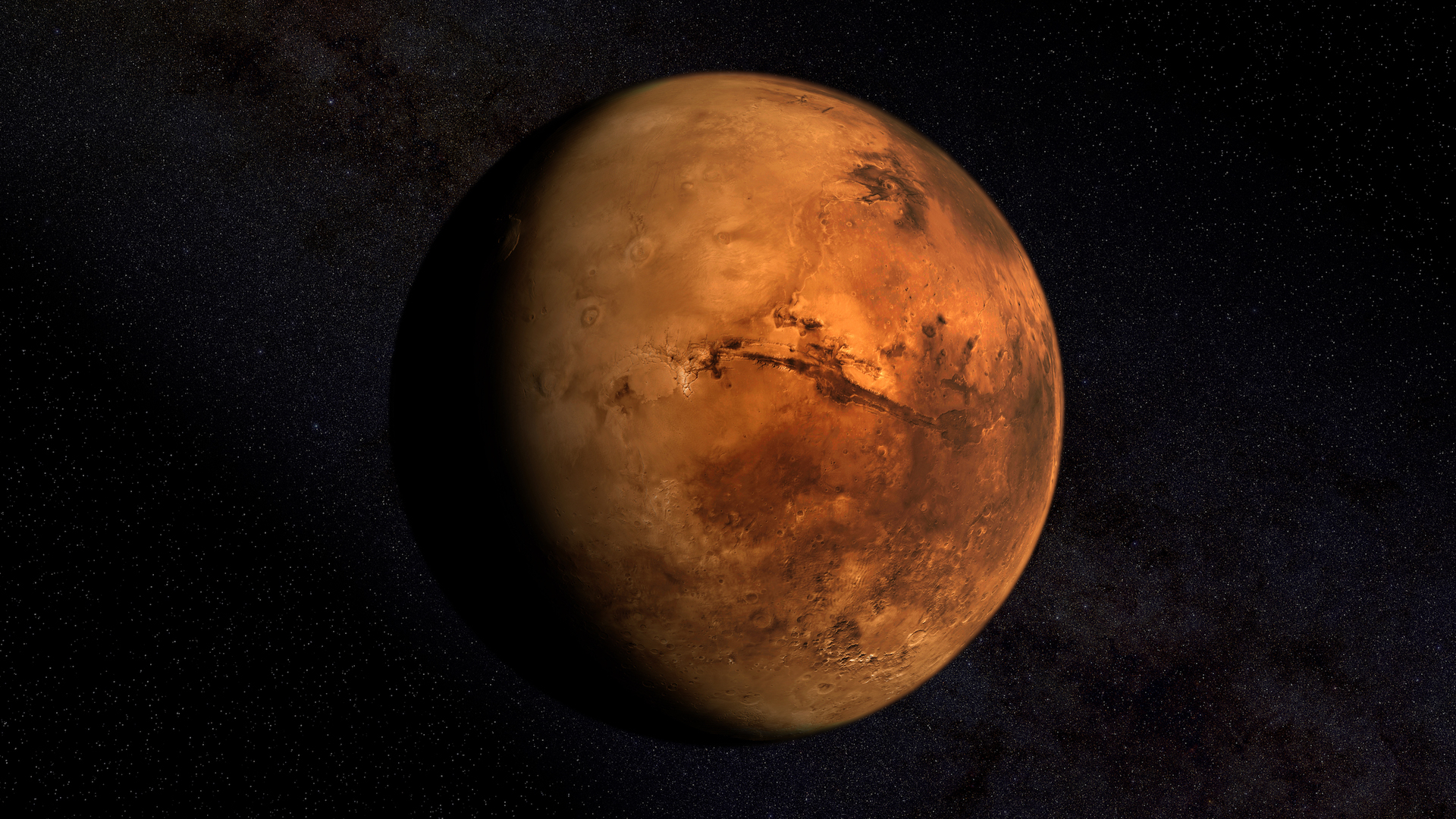
Earlier this month, NASA announced funding for a revolutionary high-thrust rocket–a Pulsed Plasma Rocket–that could send a crew to Mars in just two months.
This new rocket shaved nearly five months off the previous estimated travel time from Earth to Mars, greatly reducing the risk and cost of a crewed Mars mission. As NASA put it, this technology “holds the potential to revolutionize space exploration.”
No Human Has Gone to Mars
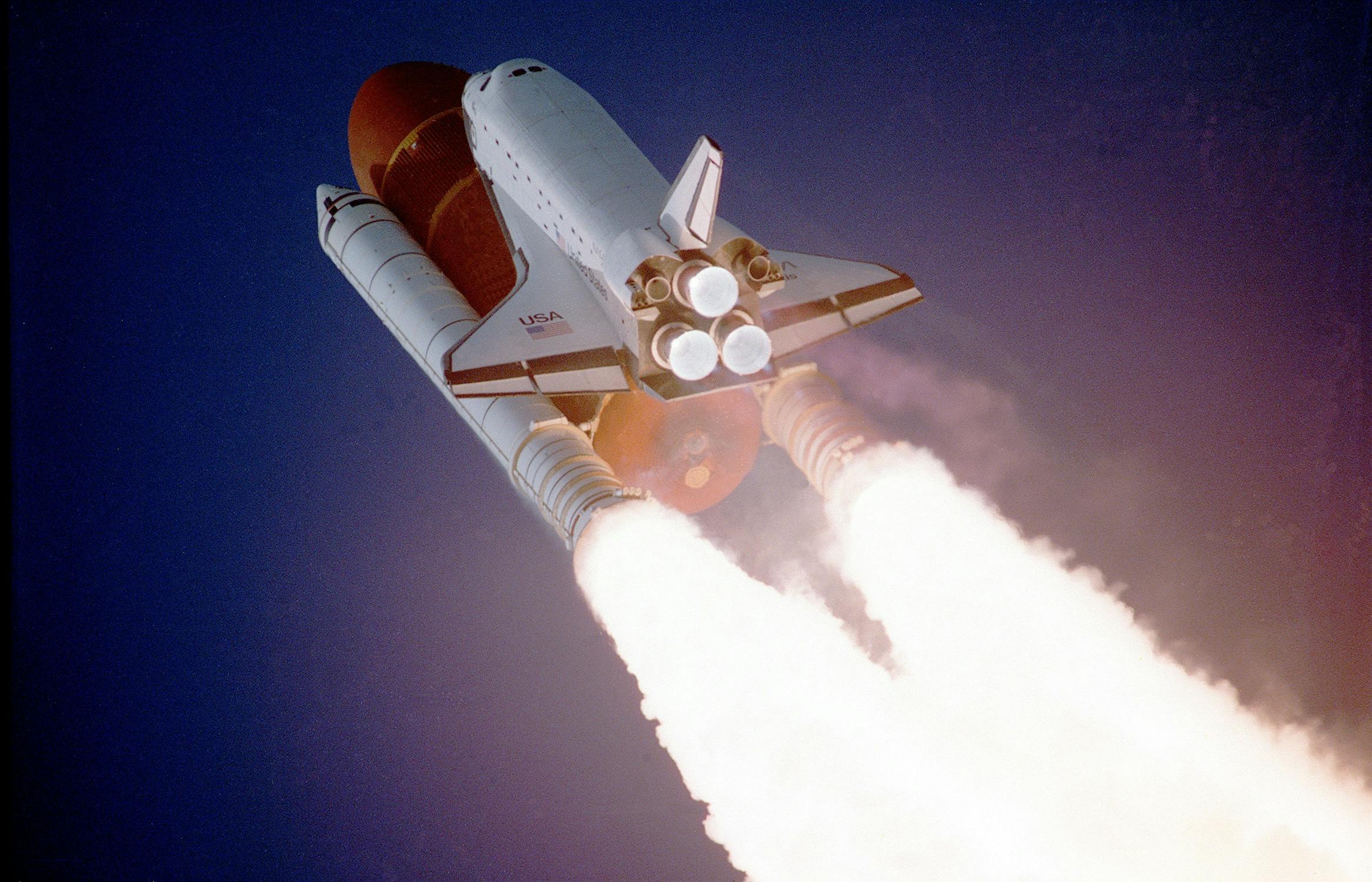
Before NASA focused on missions to the Moon, the government space organization had been pouring money and time into proposals for a crewed Mars mission. However, nothing but the Mars Rover has left the ground.
“That’s kind of like a joke within the space community or the Mars community,” Matthew Shindell, a curator with the National Air and Space Museum, told Business Insider. “Putting humans on Mars is always 20 years away.”
The Reasons Why Humans Haven’t Gone to Mars
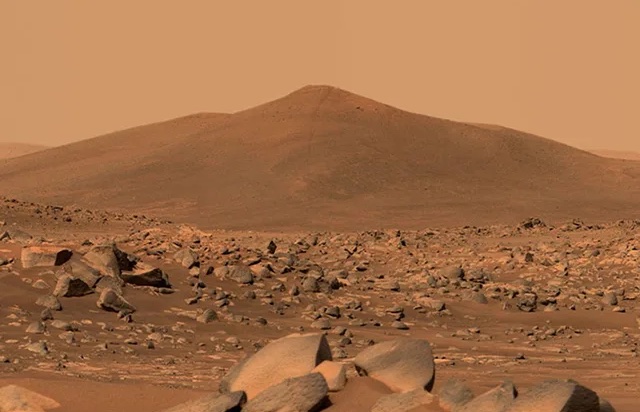
Technology wasn’t holding humans back from Mars. Instead, it was tech, politics, and priorities.
While crewed Moon missions have proved to be successful, these missions are incredibly expensive. At its peak, NASA was consuming around 5% of the entire federal budget (via Space). Adjusted for inflation, the entire Apollo program would cost over $260 billion today.
The Modern Era of Space Travel
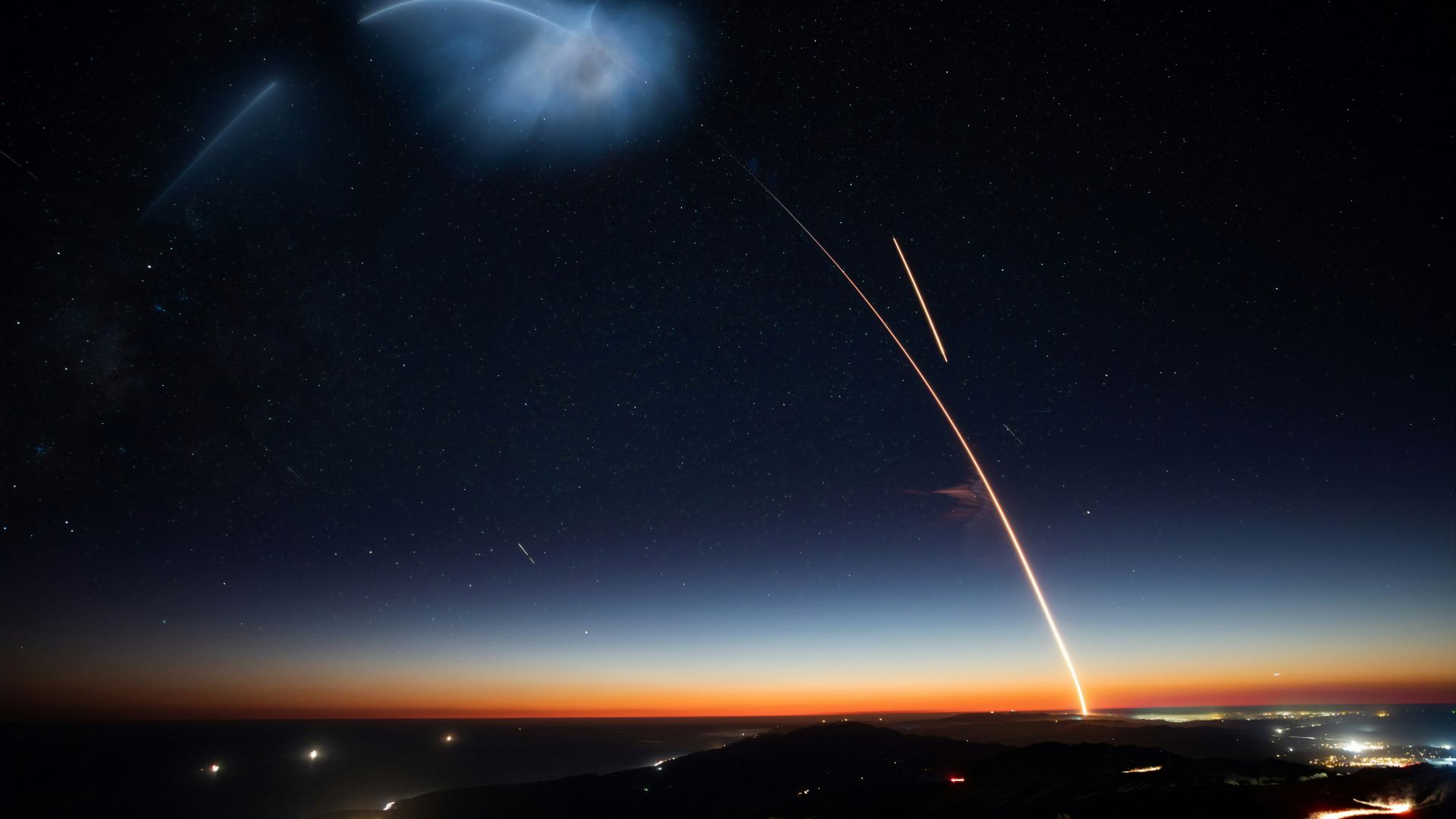
This kind of spending is no longer politically motivated. Now, NASA commands less than 0.5% of the government budget. With fewer financial resources, NASA made some critical decisions in the late 1990s and early 2000s that have affected space travel to this day.
Technology and space missions have taken a back seat as NASA focuses on reusing shuttle parts, especially the engines, to cut costs while moving future projects forward and keeping workers paid and employed.
Missions to Mars Are Coming Soon
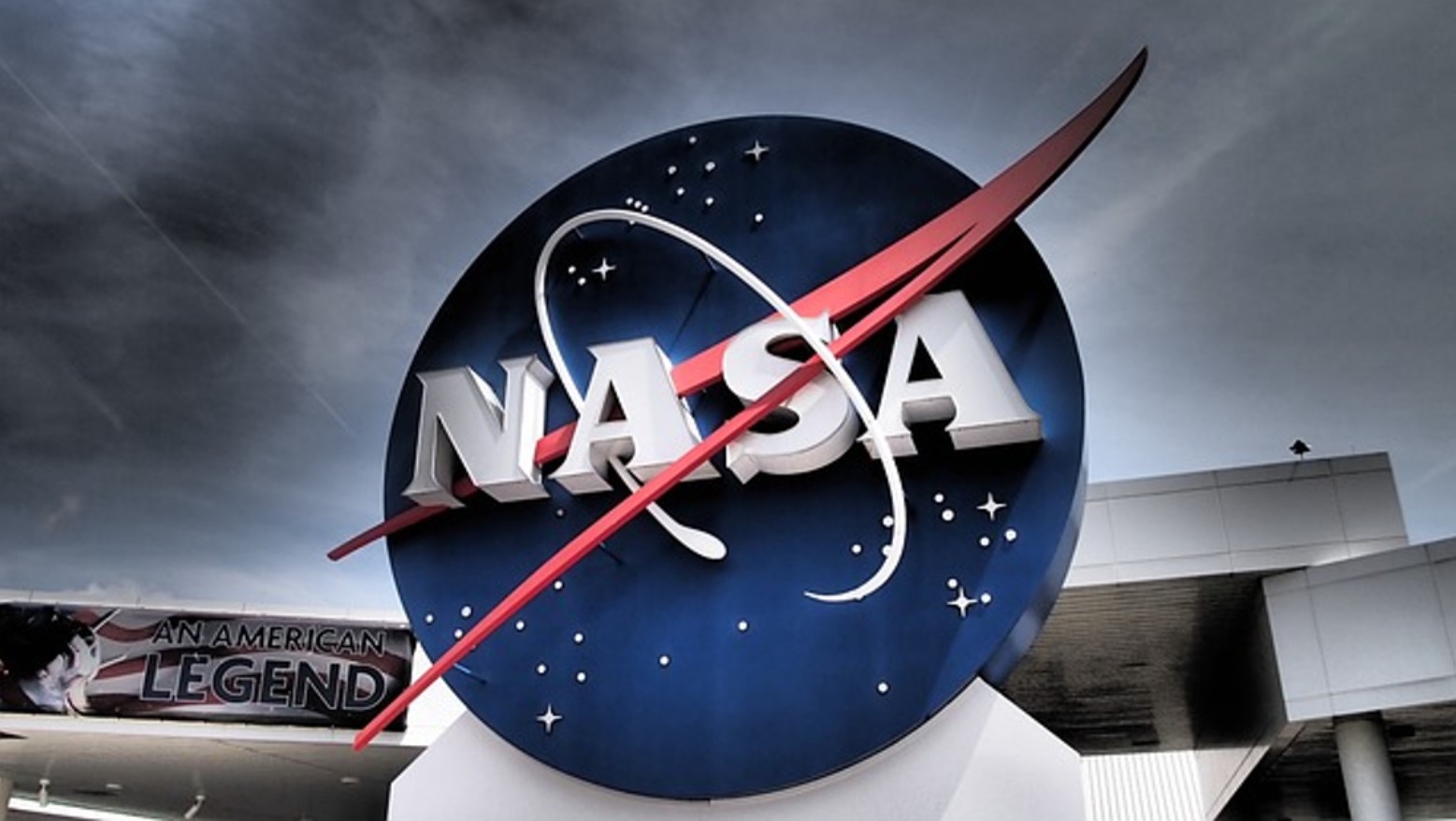
NASA now sets its sights on the Artemis project, aiming to put humans back on the Moon and build structures for a permanent base, not unlike the one in Ridley Scott’s Aliens. This lunar effort paves the way for future missions to Mars.
According to NASA’s website, Mars missions are a “horizon goal,” meaning that it will be the next project once the Moon is conquered.
The First Attempts to Get to Mars

Mars wasn’t always a “horizon goal” for NASA. In the late 1950s, Theodore Taylor, who worked on nuclear weapons at Los Alamos alongside J. Robert Oppenheimer, and Freeman Dyson, a theoretical physicist, developed an ambitious plan to build a nuclear-explosion-powered spaceship.
The project–named Project Orion–would take 12 years to develop, cost $100 million a year, and comfortably hold 150 people. NASA had one concern: What would happen if one of the hundreds of bombs required to fuel the rocket exploded?
The First Glimpse at Mars
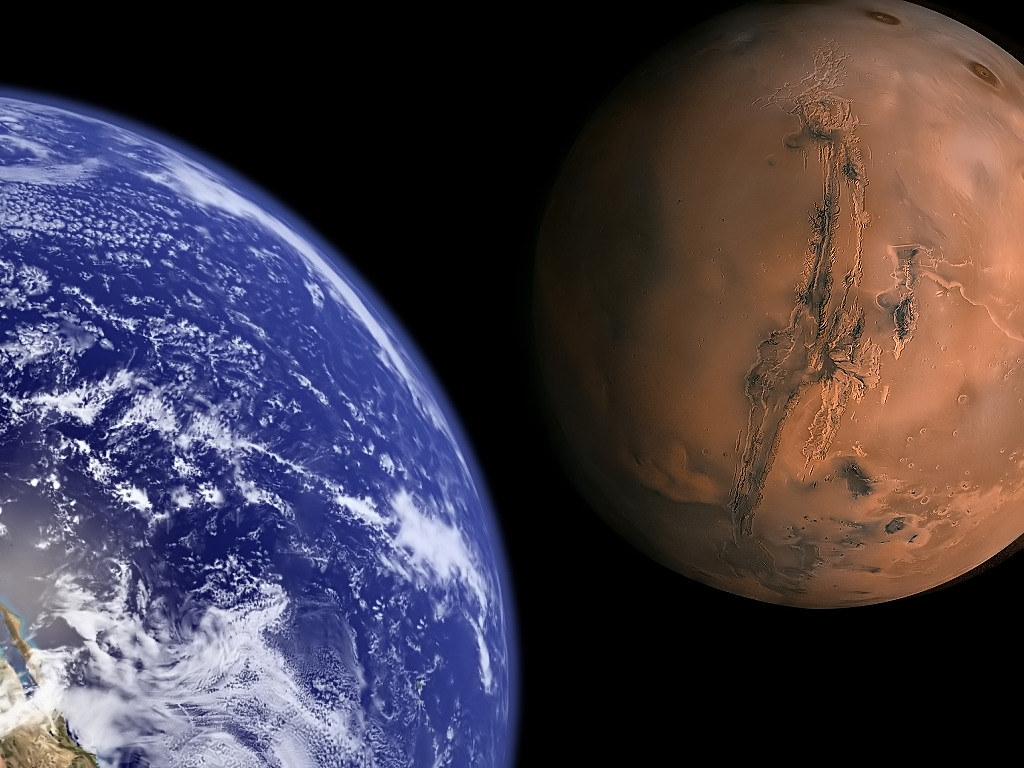
NASA was determined to orbit the red planet despite Project Orion failing to get funding. In 1965, NASA’s Mariner 4 became the first space probe to orbit another planet when it entered into orbit around Mars.
The probe sent 21 photos of the planet back to Earth, giving humans the first glimpse of another world beyond our own.
Musk Takes Mars

In the 2010s, private space companies, like SpaceX, starting planning projects in collaboration with NASA to get crews to Mars.
Elon Musk, SpaceX’s founder, stated in 2016 that he would like to get people to Mars in less than a decade. However, he revised that statement, pushing the date back to 2029. However, Musk did optimistically plan for colonization of the planet by 2050.
The State of Modern Space Exploration

Space slowly became a priority for the US again under the Barack Obama and Donald Trump administrations.
The moon-first agenda planned by NASA lead to the develop of the Artemis Program, which hopes to send a human crew into deep-space exploration, return humans to the moon, and create a lunar space station where astronauts can live for weeks or months at a time.
One Day, We Might Live on Mars

Technology has greatly advanced, giving us closer looks at our neighboring planet. Yet, no human has ever set foot on the red planet.
As NASA continues working to send astronauts to Mars by the early 2030s, there are many more human-led missions that the space company has prioritized.
The Current Challenges of a Mars Mission
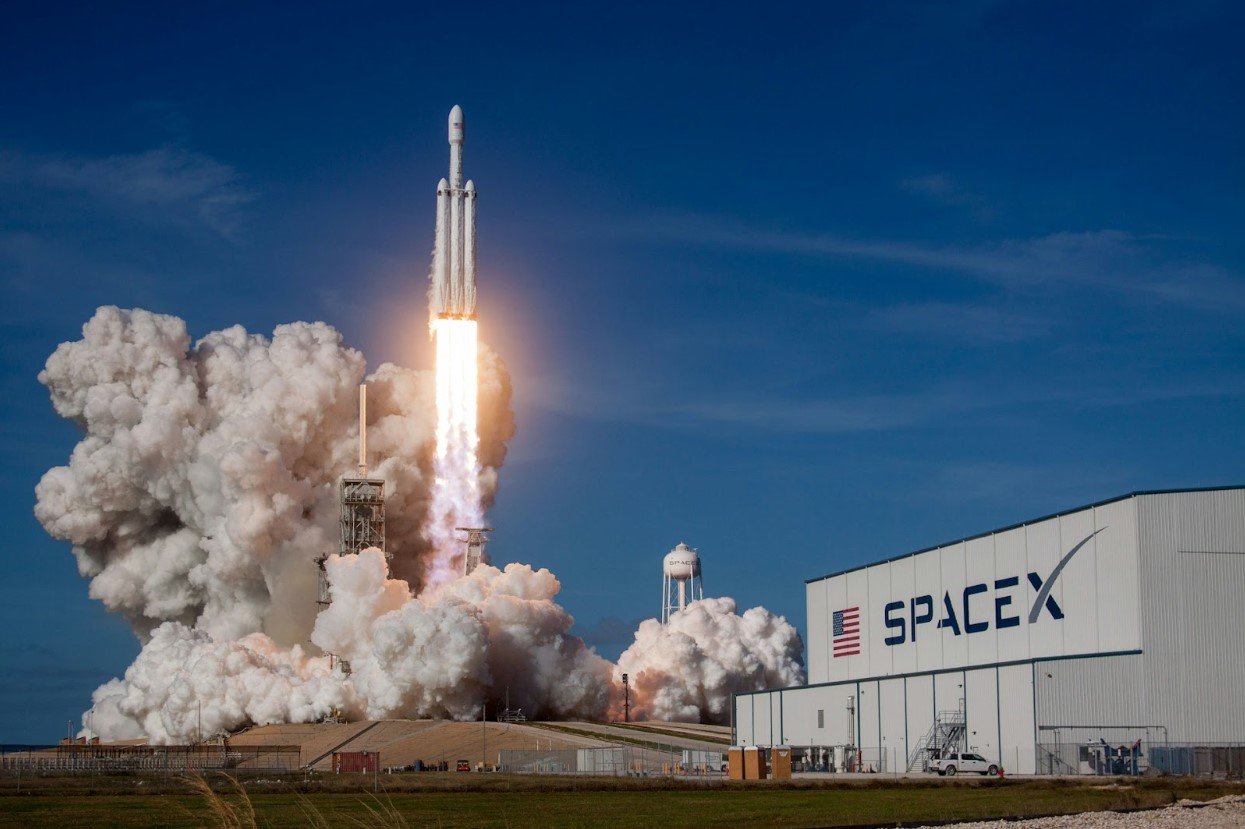
While Mars is NASA’s future, there are a lot of challenges that are unique to the mission that no one could prepare for. Communication delays, fuel, travel time, health emergencies, hardware issues, and possible levels of radiation on the planet are some of the risk NASA and its astronauts are facing.
If astronauts are able to touch the red soil of the planet, then research can start. After a few years, those colonies that Musk dreams of could become a reality.
